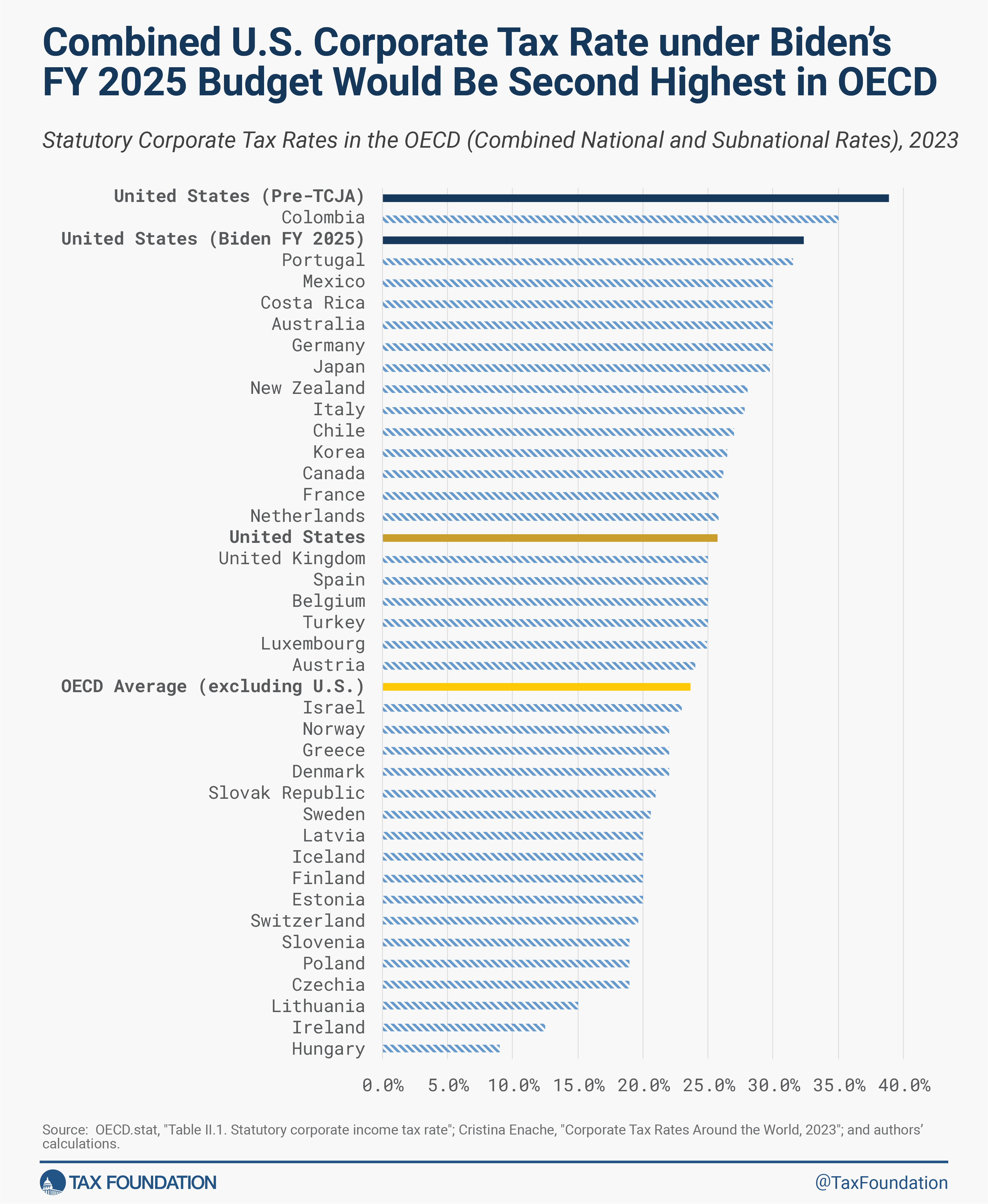One Down But One to Go: Judge McMahon Concludes Asserted Patent is Not Unenforceable Through Infectious Unenforceability | Patterson Belknap Webb & Tyler LLP
On February 23, 2024, Judge McMahon (S.D.N.Y.) entered findings of fact and conclusions of law pertaining to issues relating to Defendant Lutron Electronics Co. (“Lutron”)’s defenses of invalidity and unenforceability of U.S. Patent Nos. 9,237,821 (“the ’821 Patent”) and 10,294,717 (the ’717 Patent”), which claimed priority from the ’821 Patent. Both patents were asserted by Plaintiff GeigTech East Bay LLC (“GeigTech”) against a Lutron fastening system for mounting a roller window shade. The Court held that, while the ’821 Patent was invalid for violating the “on-sale bar,” it was not unenforceable because there was no clear and convincing evidence that the inventor, Mr. Geiger, failed to disclose the on-sale bar with an intent to deceive. As such, the trial on the ’717 Patent could proceed because it was not infected by any unenforceability.
The Court noted that for the purpose of 35 U.S.C. § 102(b), the critical date for the ’821 Patent is May 15, 2011—the filing date of the provisional application it relied on. In February 2011, Mr. Geiger, the inventor of the two asserted patents, prepared a mock-up of a shading system to be installed at a private residence. The mockup included the same fastening brackets that are claimed by the ’821 Patent and were ultimately installed at the residence. On February 23, 2011, several people, including the owner’s representative, the architect, the general contractor, and others, conducted a walk-through of the project, during which the fastening brackets were viewed and approved. Installation of the shading system began on May 10, 2011. Thus, the Court held that the fastening brackets claimed by the ’821 Patent were ready for patenting by February 23, 2011. The Court also held that a proposal dated January 18, 2011 to create and install the shading system that included the claimed fastening brackets constituted a commercial offer for sale because Mr. Geiger received a 50% deposit, ordered the parts that were installed, and obtained final approval for the installation. Thus, the Court concluded, the ’821 Patent is invalid under 35 U.S.C. § 102(b).
With respect to inequitable conduct for failing to disclose the invalidating offer for sale, the Court concluded that there is no clear and convincing evidence that Mr. Geiger had made a deliberate decision to withhold information about the sale with the intent to deceive the PTO. In doing so, the Court credited Mr. Geiger’s testimony that he knew “absolutely nothing” about patent law and thus could not appreciate the significance of the invalidating sale when he consulted with patent attorneys about patenting his invention. Thus, while the claims of the ’821 Patent were invalid, neither the ’821 Patent nor the ’717 Patent was unenforceable for inequitable conduct. As such, the Court ruled that the issue of whether Lutron infringed the ’717 Patent may be tried to a jury.
Lutron also argued that the architect for the private residence project was a joint inventor because he insisted that the fastening brackets had to be hidden—a key aim of the patent claims. Lutron contended that the architect created a “back of an envelope” sketch showing a conceptual idea for a portion of the fastening system claimed in the ’821 Patent. However, the Court noted the architect’s candid admission on the witness stand that he did not solve the problem of the bracket that hid the fasteners: “I never claimed anything more than the general idea in that initial sketch . . . . Give [Mr. Geiger] the credit” for “the mechanics of how these brackets actually work in a shading system.” Thus, the Court concluded that there was no clear and convincing evidence that the architect was a co-inventor of the claimed fastening device system.
The case is Geigtech E. Bay LLC v. Lutron Elecs. Co., No. 18 Civ. 05290 (CM) (Feb. 23, 2024 S.D.N.Y.)






